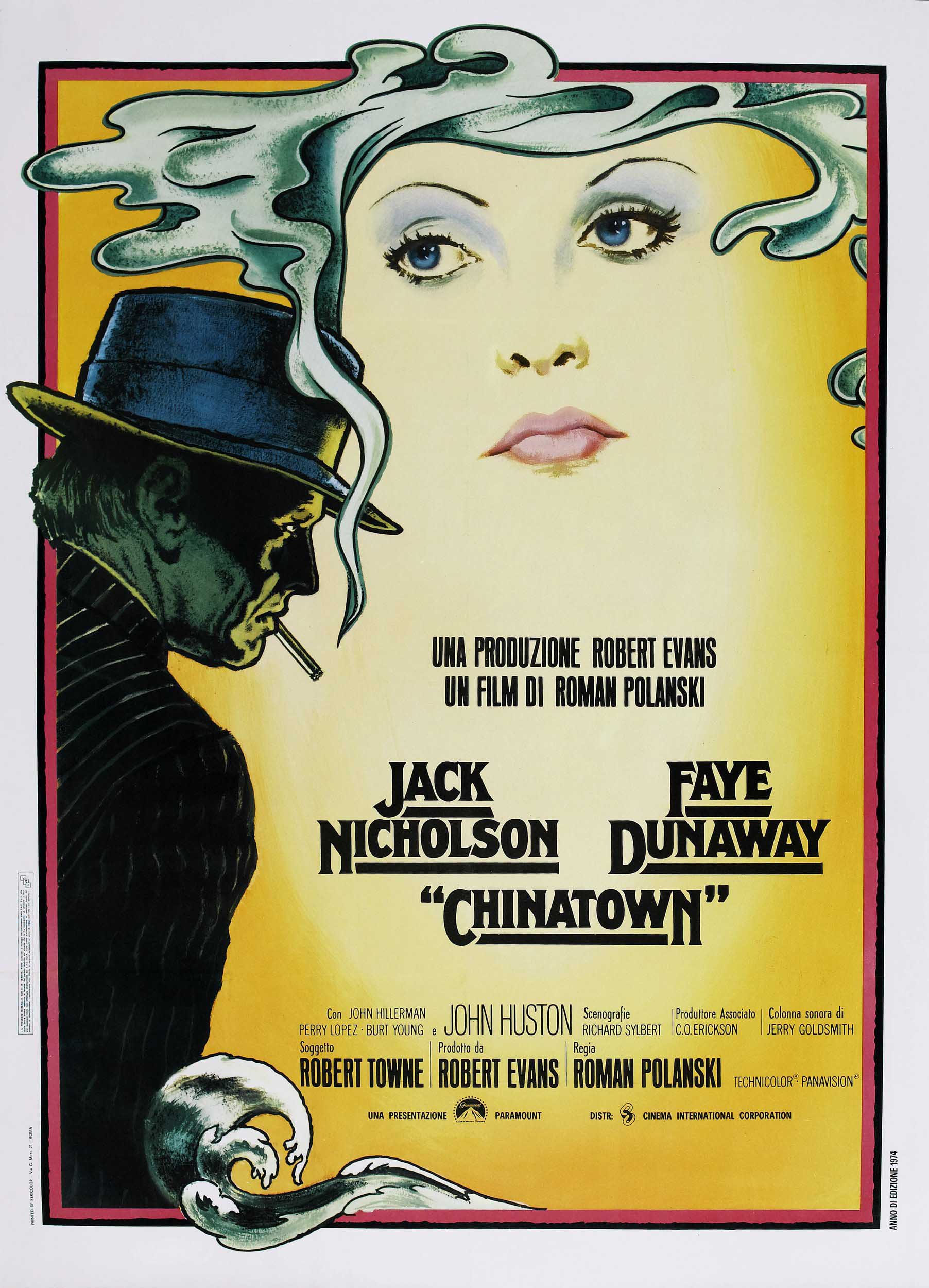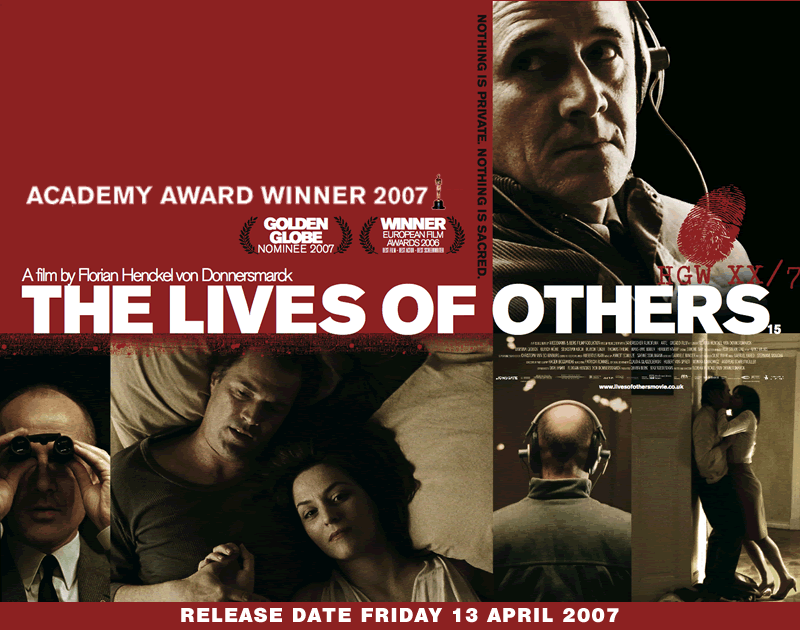True Detective: Annnnnnd its Gone
(If you haven’t seen all eight episodes stop reading this, watch
them, then comeback and read this, then go re-watch them) *Spoilers*
Null and Void, Good Vs. Evil, Light Vs. Darkness. These
relationships drive True Detective right from the get go, and it's only
appropriate that they drive the final episode. Episode 8- Null and Void, does
its best to wrap up a series that took on so many conflicts, collisions, and
ideas.
We had everything in TD, from devil worship to government corruption to
some dope mirror-shot selfies, how could one man possibly wrap all of this up? If we are
being honest with ourselves, he didn't, AND THAT IS OKAY. To all those
internet trolls out there who dedicated hours upon hours upon hours to coming
up with these lengthy and outrageous conspiracy theories, I feel nothing for
you. True Detective remained true to its form, and in the end, those of us who
understood this were left satisfied.
 |
| Cohle had a few conspiracies of his own |
True Detective, at its core, was a story
of two men, Marty and Rust. Their volatile relationship takes the viewer on a
17 year ride through each mans life. We witness as each tries to fill a chronic
void in their hearts, minds, and souls. Cohle's is a result of the loss of his daughter, while
Marty is forced to deal with the results of his own actions, leaving him empty.
Everything outside of this was simply to drive their relationship forward, from
Marty blowing some guys head off and Cohle helping
him cover it up, to Cohle getting real comfortable with Marty's wife. Their
relationship, although it was never the center of attention, was the
center of the show and this final episode showed that.
Boys will be boys
|
Would I have loved to
see something mind-boggling? Yeah of course, and while Carcosa still creeped me out, I was almost
relieved that the show didn't take some absurd demonic twist. In the end I was
happy that Marty and Cohle's backwards ass "relationship" even though
I am scared to call it that, shined through. The best moment came in the
final scene, as the two are existing the hospital. We see a role reversal,
Cohle is the emotional wreck, needing Marty to come to his side, and he does.
While there will always be the struggle between dark and light, at that moment, light was winning.
Seeing Cohle crack a smile is about as rewarding as it gets. Either that or he
was just happy that he was able to prove that time really is a flat circle.
There are a million more things I could say about this show, but I will leave you with this. True Detective was unlike any show to come before it. Writer Nick Pizzolato and director Cary Joji Fukunaga maintained a a perfect balance throughout all Eight episodes. This allowed each viewer to have a unique experience. There was enough attention to detail to get lost in every minute aspect of each scene, enough precise framing and cinematography to sit back and marvel at its beauty, and the right amount of plot manipulation for simpletons like me and you to simply enjoy the ride and all the twists that come with it.
What True Detective did was
truly revolutionary. It changed the landscape of television, helped our beloved
Matthew Mcconaughey win an Academy Award, and made sure nobody in their right
mind will ever move to Louisiana (and no getting shit-faced in New Orleans
doesn’t count).
Typically in television, you have multiple writers, directors,
and producers all working on the same series. This turns into, for lack of a
better phrase, a shit show. This can be compared to film industry, where normally
it is one writer working exclusively with one director. Writer Nick Pizzolato,
and Director Cary Joji Fukunaga were able to bring the film style of production
to television for their masterpiece True Detective. This gave them
the ultimate authority when it came to how each episode was written, shot, and
edited.
The only other television series to do this is also kinda
sorta a big deal, its name is Breaking Bad and you probably
have heard of it. Vince Gilligan was given final cut on all episodes, as
opposed to some guy who really shouldn’t even be allowed near a camera, as most
“executive producers” truly have no idea what they are doing.
Another important
aspect of TD is it’s an anthology, meaning that next season is a different
storyline with different actors. This allowed them to rope in Mcconaughey and
Harrelson for a short commitment. Now all we can do is wait and
pray, Pizzolato has already hinted at what next season will deal with,
but lets be honest, none of us have any idea what to expect.
Some Helpful/Interesting things on the interweb (h/t to r/truedetective)
Set Locations - Some guy went around and found where everything was shot, and he is also in the show so thats pretty baller
A Family Tree!!! - You know how those strange big southern families get, this will help straighten everything out
Wait? What? I missed that - It happens to us all, this lad is there to help
Who Doesn't love a good parody (Excluding Kanye West)










